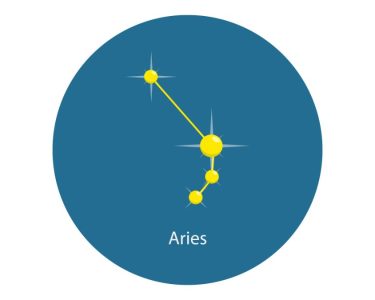Spiritual Life Coach and Shaman Tammy Adams shares her insights below on how to identify this unresolved pain, begin the healing process and move forward with clarity and compassion for a more profound mother-child relationship.
How to recognize and identify the mother wound
Many of us don’t realize we carry wounds from our mothers. We often go through life saying, “It’s fine, I’m OK,” but are we really? Often, we push our feelings down just to function, convincing ourselves we don’t have time for emotions or “drama,” but it’s important to uncover these emotional blockages.
Take a moment to think back to when you were a toddler. Do you remember feeling connected to your mother? Did you feel nurtured, free and simply allowed to be a child?
If your answer is, “I’m not sure,” or, “Maybe not,” that may be a sign you’re suppressing unresolved emotions. In today’s fast-paced world, we might rely on distractions or even medication to avoid what’s going on internally. Maybe you’ve thrown yourself into work or chosen unhealthy relationships, not because you’re flawed, but because unhealed mother wounds can shape how we see ourselves, the relationship choices we make and what we believe we deserve. If you struggle with self-worth, this may be where it began.
How does the mother wound manifest in adulthood?
As adults, we often feel like we need to have it all figured out, to be successful, productive and emotionally stable. We tell ourselves we’re fine as long as we’re hitting our goals, but often it’s to avoid our emotions. That emotional disconnection is more common than we realize and means something deeper is going on. When we don’t get the love or nurturing we need as children, it can lead to low self-worth, fragile confidence and a lack of self-love. We might seem confident, but often it’s just a shell around old pain.
It’s like a bone that’s healed after a break, it’s never quite the same. We do this with our hearts too. We think we’ve moved on, but the wound is still there.
Emotional trauma can block energy, creating real physical symptoms. These wounds from childhood often show up in our bodies and relationships without us realizing where they come from. When we suppress emotions or live in denial, we weaken not just our hearts but our energy. Blocked heart or root chakras can cause chest tightness, back pain, emotional instability or struggles in love and career. Your root chakra is your foundation. If it’s not strong, life feels unsteady, no matter how much you achieve.
Healing starts with awareness. When your heart is open and your energy balanced, you’re no longer carrying that old pain. You begin to live with clarity, lightness and true happiness.
What internal work or practices can people do to process this trauma?
The first step is honesty. Reflect on your childhood and allow yourself to truly feel what comes up. If you’re not sure what happened or feel disconnected from your past, you may be dealing with blocked memories. Working with a healing coach can help bring clarity and unlock memories that are buried. Awareness is the doorway to healing.
Once you begin to remember, forgiveness becomes essential. It’s not about excusing the pain, it’s about releasing it so it no longer controls you. Forgiveness is challenging, but it’s a powerful tool for your own freedom. Holding on only prolongs your suffering. When you’re ready to let go, healing begins.
But forgiveness does not mean abandoning boundaries. Setting healthy boundaries is one of the first and most vital steps in healing. Many people who experience emotionally unstable, narcissistic or abusive parenting struggle with saying no or standing up for themselves. You must learn to protect your energy. Boundaries are not walls—they are bridges to a healthier you.
Other powerful healing practices include:
- Journaling: Writing helps you process emotions, track your growth and uncover hidden patterns.
- Setting boundaries: Begin recognizing where your energy is being drained and take steps to protect yourself.
- Nurturing your inner child: Reconnect with the part of you that dreamed big. Ask yourself: What did I love as a child? What did I want to be? That creative, playful self is still within you, waiting for your permission to re-emerge. It’s never too late to honor that part of you.
- Cultivating self-worth: Healing means recognizing your value. If you find yourself comparing your life to others or feeling “less than,” shift the focus inward. Start saying yes to yourself: Yes to rest, yes to self-care, yes to love. You matter. You are worth it.
As you walk this path, make journaling part of your routine. It’s powerful to look back and see your progress. With time, you’ll uncover a version of yourself that’s been hidden under layers of pain, a version that is whole, worthy and ready to shine.






